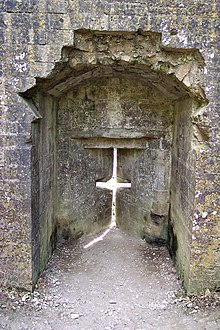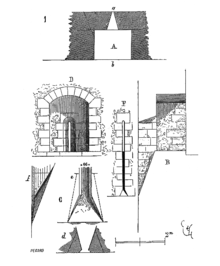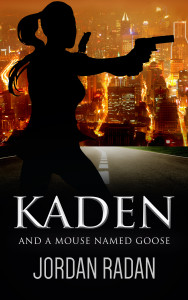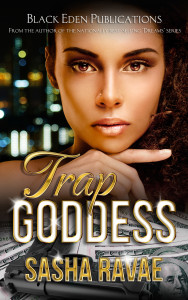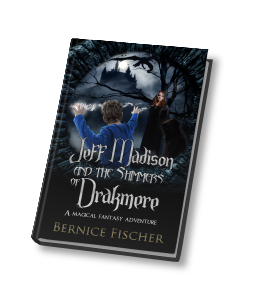Warfare for Writers - Irregular Warfare.
In the last post, I looked at the Fog of War and previously discussed Open and Close Units of soldiers. Formal Warfare, the familiar wars, like WWII have been depicted in various media. Also, Irregular Warfare has been popular: Tom Clancy's works are a good example. So, how does Warfare for Writers - Irregular Warfare affect the writer?
These types of units are rarely under efficient direct control of a military commander, which can lead to CHAOS!
Many times, these units of irregular forces come from cultures where men go armed, all the time and are made up of:
Privateers (navy) with letters of Marque and Reprisal.
Mercenaries are paid units from elsewhere.
Guerrilla Warfare are in support of war, especially by part-timers: The Arab revolt that made T. E. Lawrence famous. (Yes, Lawerence of Arabia was a real person!)
Private units and armies, like Muqtada Al-Sadr's Mehdi Army in Iraq.
Spies and Assassins
What does this mean for a writer?
If your characters are engaged in irregular warfare, what tensions does it cause for military commanders and the characters themselves? How well are they fitting in?
Note: this information was taken from lectures by Timons Esaias with his permission.







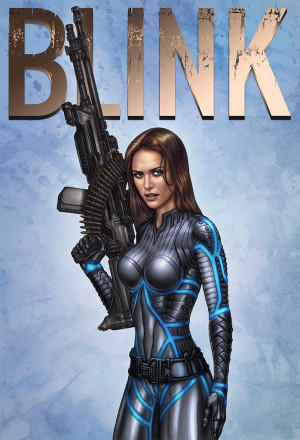
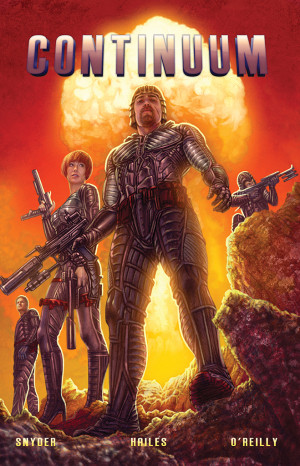
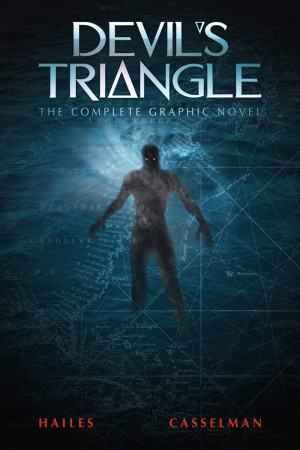
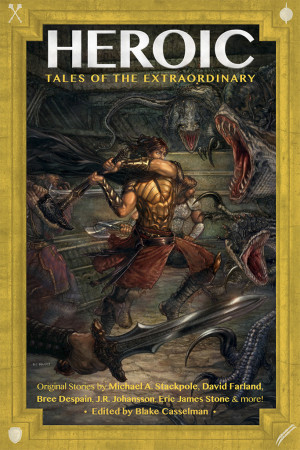
 Having trouble getting your photos sized for your different platforms? There's a lot of information and I'll split the blog posts by platform. It's frustrating, but once you get the hang of it, it goes smoothly. This post, Social Media AD Sizes 1 is dedicated
Having trouble getting your photos sized for your different platforms? There's a lot of information and I'll split the blog posts by platform. It's frustrating, but once you get the hang of it, it goes smoothly. This post, Social Media AD Sizes 1 is dedicated
